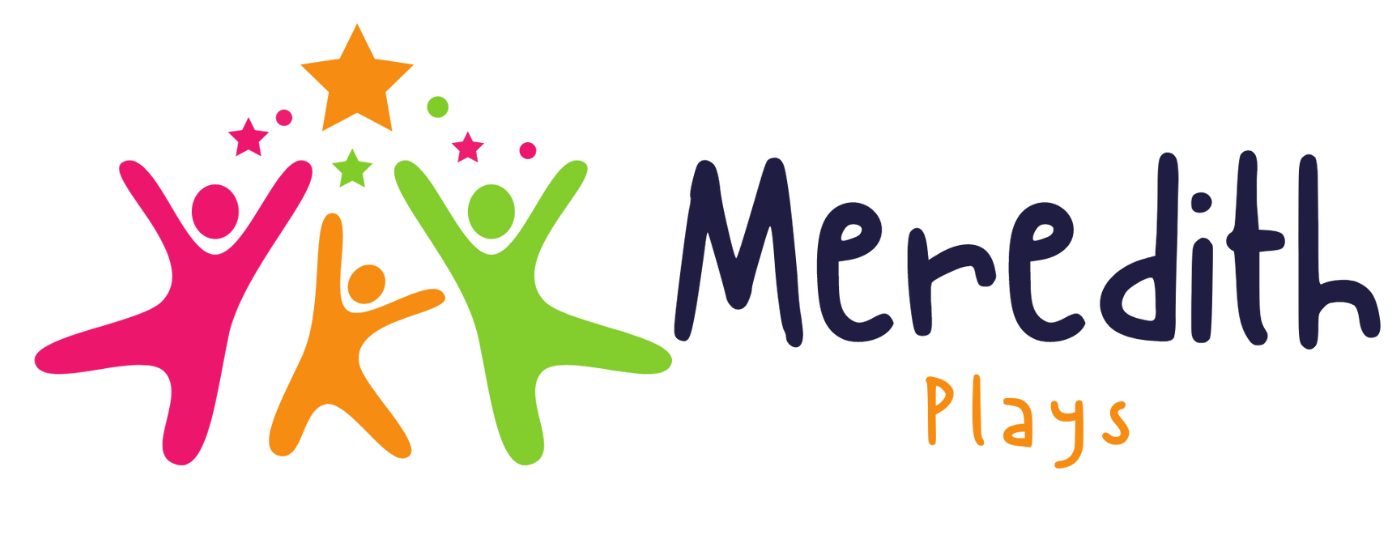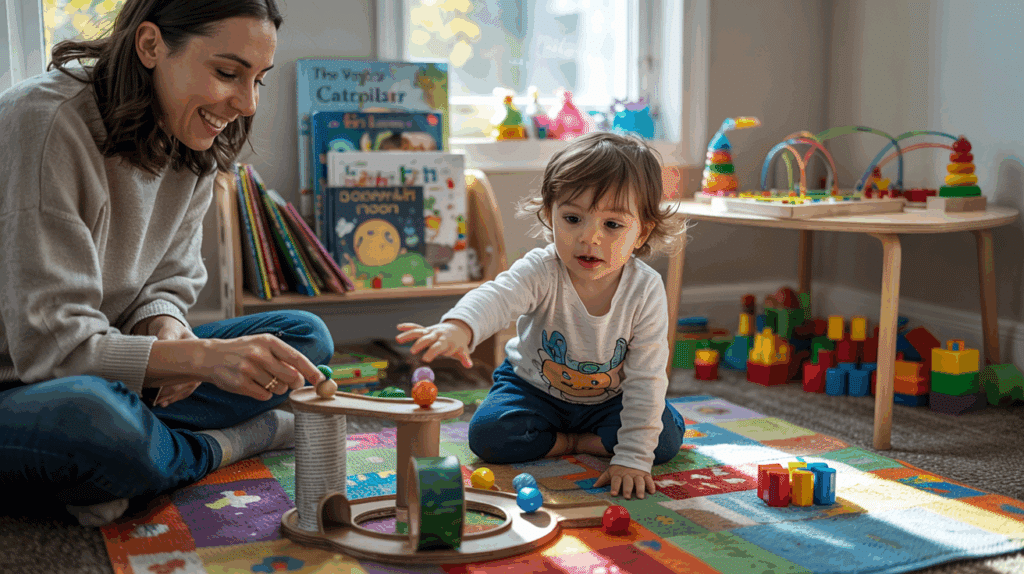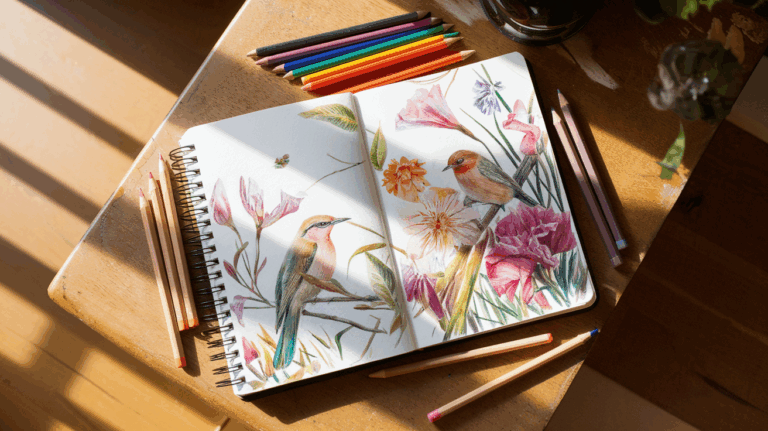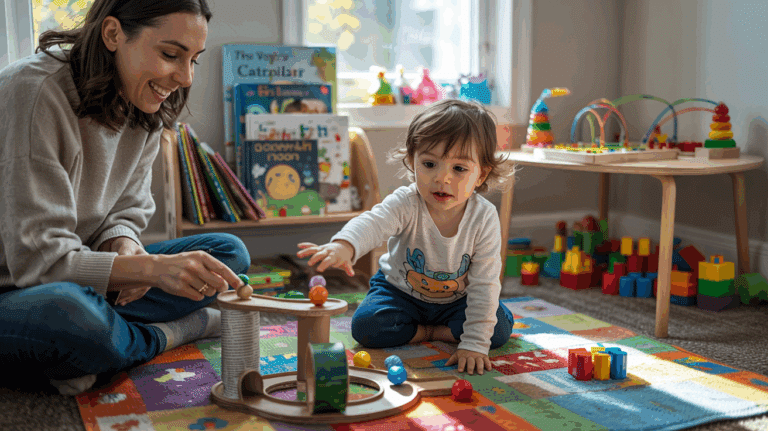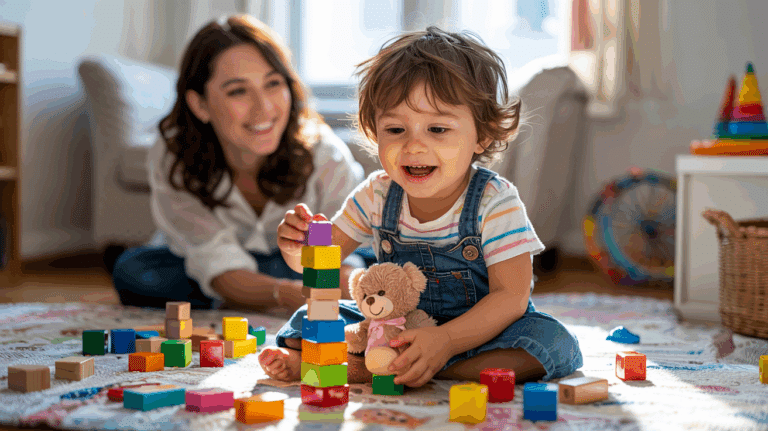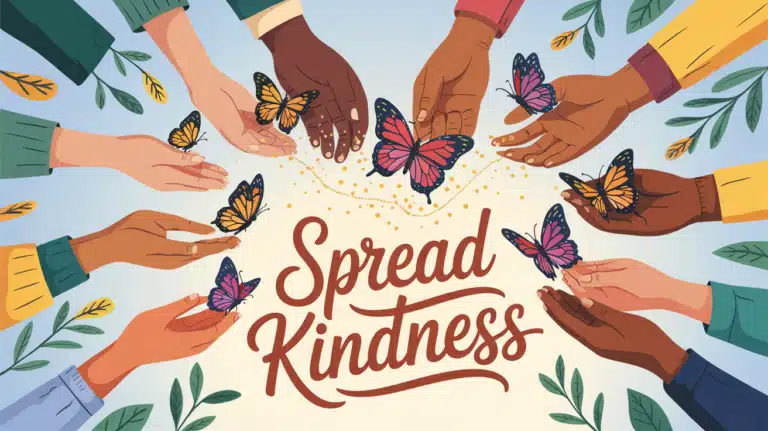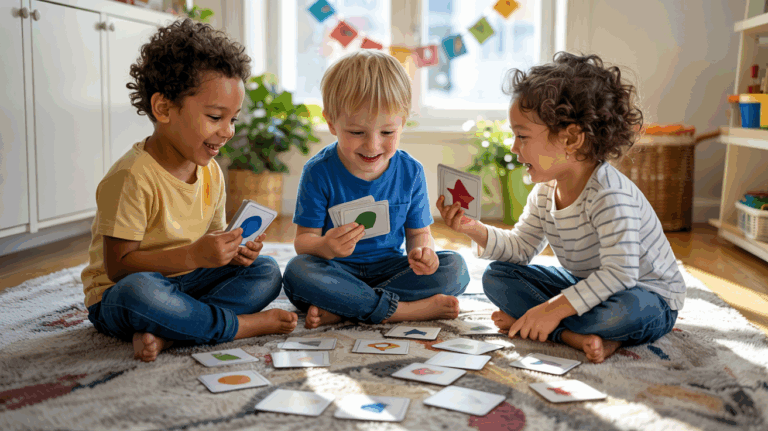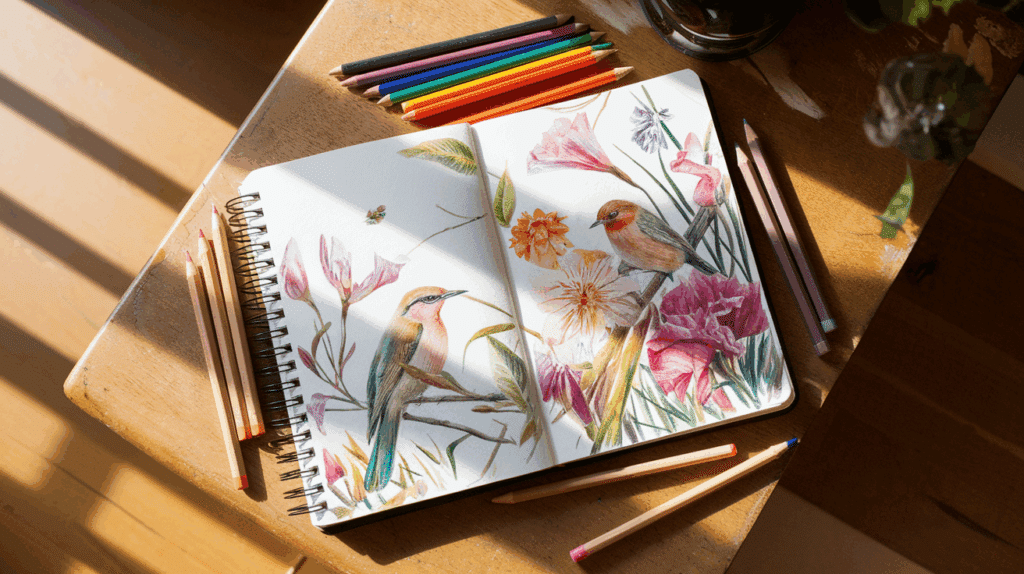Parents often find themselves at a loss when their 3-year-old needs something to do. They look around and see nothing but toys that no longer grab their child’s attention.
Most moms and dads worry that knowing how to entertain a 3 year old requires costly items or complex plans. But the truth is simpler.
A person who cares for small children can use everyday objects to fill hours with fun. The right activities help little ones learn while they play.
This article presents various simple ways on how to entertain a 3 year old without stress.
The Importance of Entertaining a 3-Year-Old
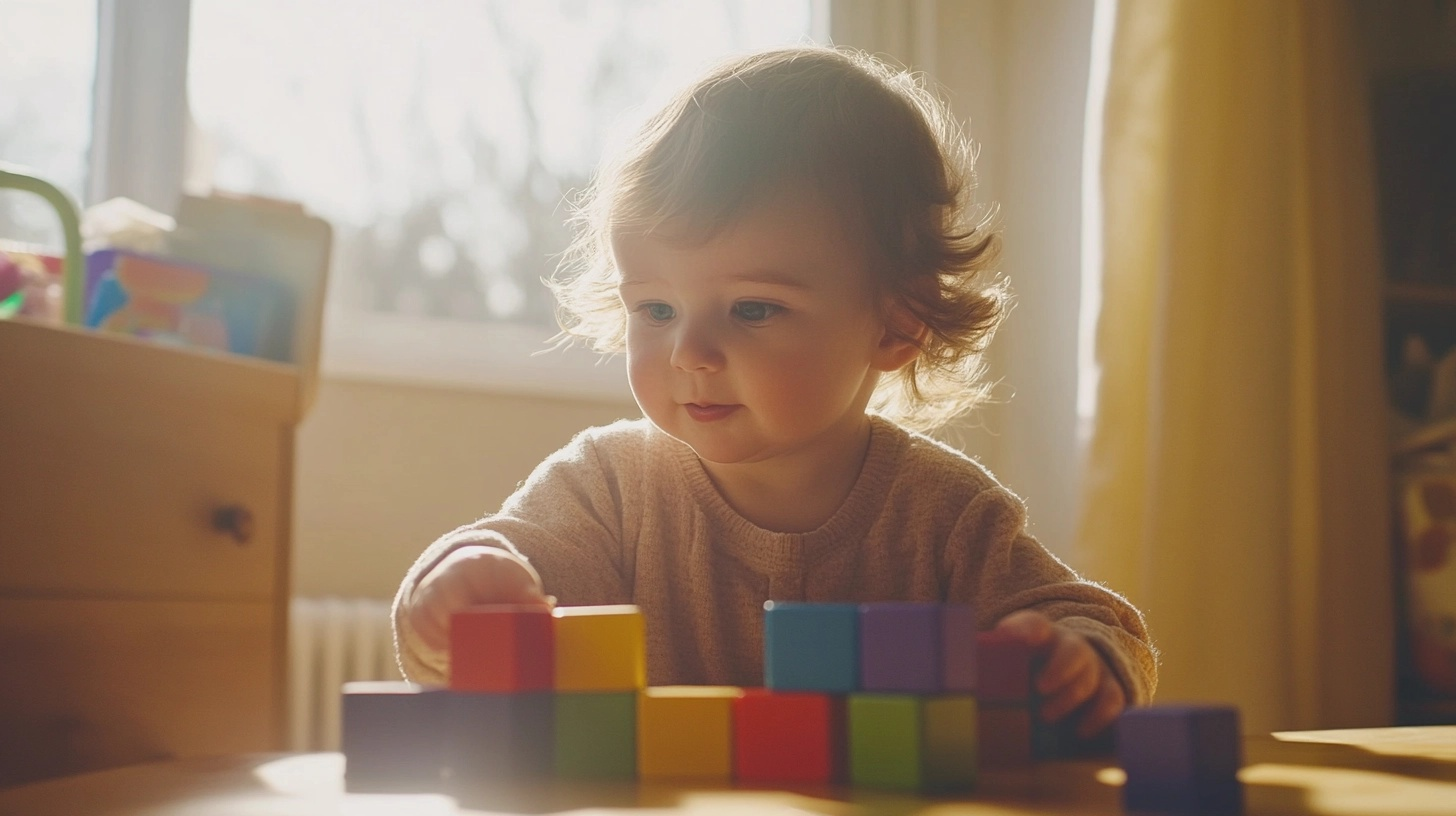
Keeping a 3-year-old entertained is not just about filling time; it’s about engaging their imagination. These little ones have growing brains that need constant stimulation.
Parents learning how to entertain a 3 year old should focus on activities that activate learning while being fun.
Children this age build important brain connections when they’re engaged. Simple games, such as matching colors or stacking blocks, help children develop their thinking skills. Understanding how to entertain a 3-year-old often means trying different activities to see what catches their interest.
Free play allows children to use their imagination and solve small problems independently. Many parents find that even basic household items can become toys in a child’s creative mind.
Social skills grow, too. Playing with others teaches toddlers to share, take turns, and express feelings in healthy ways.
These early lessons from learning how to entertain a 3 year old shape their future interactions.
And if you need more tips, check out our guide on toddler development milestones to better understand what activities suit their growth stage.
Fun and Simple Ways to Keep Little Hands Busy
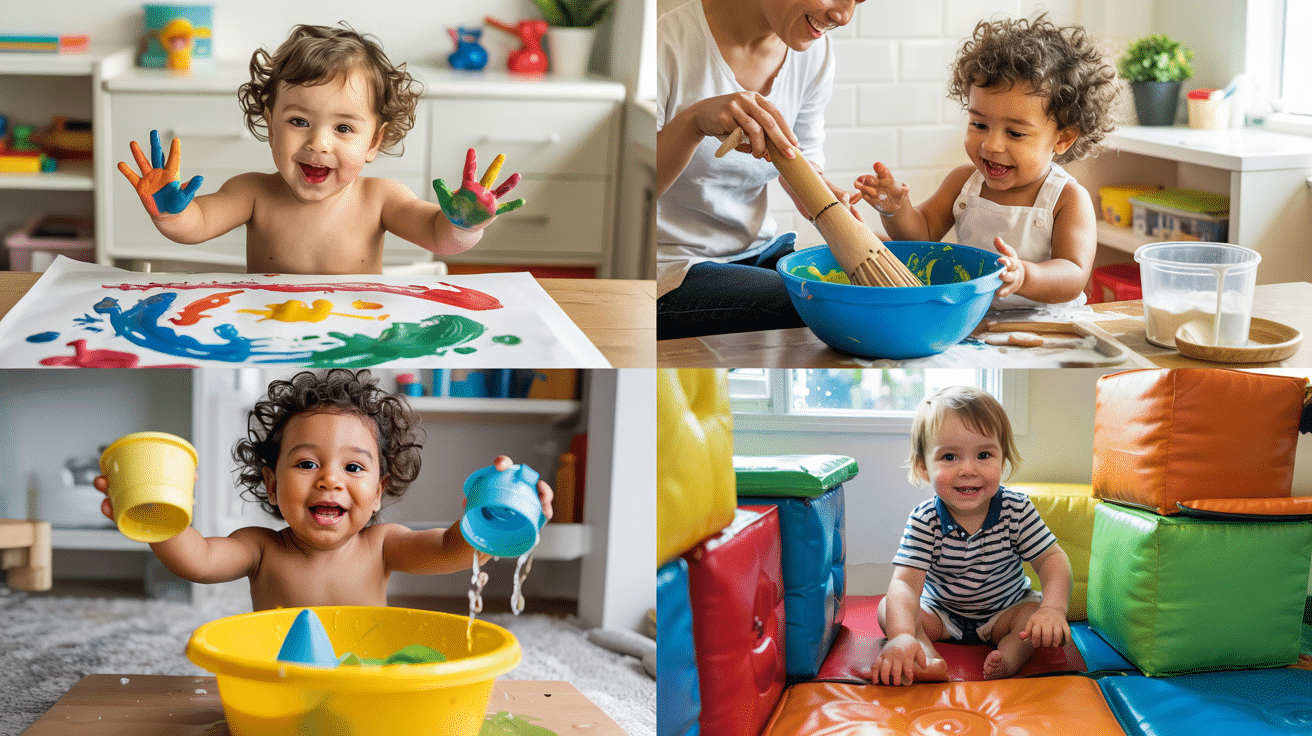
1. Sensory Play
Fill a bin with items like rice, beans, or pasta, and add scoops, cups, and small toys for exploration. This hands-on activity helps develop fine motor skills and encourages curiosity.
Children learn through touch, sound, and movement as they pour and manipulate the materials. Try changing the contents monthly to keep the experience fresh and exciting.
2. Coloring
Set out crayons, markers, or colored pencils with blank paper or coloring books.
This quiet activity allows children to express creativity, practice their grip, and learn about colors in a relaxed setting. Ask questions about their artwork to encourage language development and boost confidence in their creative abilities.
3. Playdough Creations
Playdough offers endless possibilities for small hands. Children can roll, flatten, and shape the dough into animals, food, or whatever they imagine. Add cookie cutters, plastic knives, and rolling pins for extra fun.
This activity strengthens hand muscles needed later for writing and builds creative thinking skills.
4. Puzzles
Choose large-piece puzzles with engaging themes like animals or vehicles. Puzzles help develop problem-solving skills, hand-eye coordination, and persistence. Start with fewer pieces and gradually increase the challenge as your child masters each level.
5. Hide and Seek
This classic game never gets old and helps develop spatial awareness. Take turns hiding and seeking around the house for giggles and excitement. For 3-year-olds, hide in partially visible spots to make the game enjoyable without frustration.
6. Building Blocks
- Wooden or plastic blocks help children learn about balance and shapes
- They can stack, balance, and construct towers or complex structures
- This activity fosters engineering thinking and problem-solving
- Try building together and talking about sizes, shapes, and positions
- Creates opportunities for counting and early math concepts
7. Water Play
Set up a basin with water and provide cups, spoons, and waterproof toys. This calming activity enhances sensory development and teaches basic concepts like full, empty, and float. Children can practice pouring from one container to another, which builds hand-eye coordination. Always supervise children during water activities for safety.
8. Nature Walks
Take a stroll outside to explore your neighborhood or local park. Point out interesting leaves, rocks, insects, and plants. Encourage your child to ask questions about what they see and collect small items for later art projects. This activity connects children to the natural world and builds observation skills.
9. Dress-Up
Provide a box of hats, scarves, and old clothes for pretend play. Dressing up allows children to try different roles and express their personalities in a playful way. This activity builds language skills as they act out scenarios and take on character voices.
10. Indoor Obstacle Course
Create a simple course using pillows, chairs, and blankets. Guide your child through crawling under tables, jumping over cushions, and balancing on lines made with tape. This full-body activity builds coordination, strength, and spatial awareness while burning energy on rainy days.
11. Story Time
- Choose picture books with engaging illustrations
- Read aloud, using different voices for characters
- Ask questions about what might happen next
- Point to words occasionally to build print awareness
- Create a cozy reading spot that makes books special
12. Scavenger Hunt
Hide objects around the house or yard and give your child simple clues to find them. This activity builds problem-solving skills and keeps them moving.
For very young children, you can simply name the items to find rather than giving complex clues.
13. Painting
Set up a painting station with washable paints and brushes. Let your child experiment with colors and brush strokes on paper or cardboard. This creative activity allows for self-expression and introduces concepts like color mixing. Try using different tools like sponges, cotton balls, or even toy cars for unique effects.
14. Sorting Games
Provide various objects—buttons, blocks, or colored items—and ask your child to group them by color, size, or shape. This activity builds cognitive skills and attention to detail while introducing basic math concepts of categorization.
15. Dancing
Turn on favorite music and move together freely around the room. This activity teaches rhythm and coordination while burning energy in a fun, expressive way. Try freeze dance for an added challenge, where children must stop moving when the music pauses.
16. Play Kitchen
- Set up a pretend kitchen with play food and dishes
- Encourage cooking, serving, and cleaning up
- Practice counting as you “cook” and serve food
- Talk about food names and cooking actions
- Builds imaginative play and sequential thinking
17. Sticker Art
Give your child sheets of stickers and paper for creating scenes, patterns, or simple decorations. This activity helps with fine motor development as they peel and place each sticker. Children love the feeling of accomplishment from creating something unique with minimal assistance.
18. Bubble Blowing
Blow bubbles outside and let your child chase and pop them. This simple activity seems magical to little ones and encourages movement and hand-eye coordination. Talk about the rainbow colors visible in the bubbles and how they float in the air.
19. Animal Pretend Play
Pretend to be different animals together. Crawl like a cat, hop like a bunny, or roar like a lion. This activity sparks imagination and physical activity while building vocabulary around animal movements and sounds.
20. Magnetic Tiles
Magnetic tiles click together easily and introduce basic concepts of magnetism and geometry. Children can create flat patterns or three-dimensional structures that stand on their own. The satisfying connection between pieces builds confidence in construction abilities.
21. Nature Collage
- Collect leaves, flowers, and twigs during a walk
- Glue them onto paper to create nature artwork
- Talk about the different textures and colors
- Introduce concepts like rough, smooth, big, and small
- Connects art with appreciation for the outdoors
22. Indoor Bowling
Set up empty plastic bottles as pins and use a soft ball to bowl. This game improves coordination and can be played repeatedly with lots of excitement. Count how many pins fall down to include simple math practice.
23. Play Store
Arrange items on shelves and use play money for a shopping experience. Take turns being cashier and customer to practice social exchanges, counting, and organization skills. This activity prepares children for real-world interactions in a fun, low-pressure way.
24. Lacing Beads
Large beads and string are perfect for little hands learning fine motor control. Lacing beads improves finger dexterity, concentration, and pattern recognition. Try creating patterns with different colored beads or making necklaces as gifts.
25. Puppet Show
Use hand puppets or make simple sock puppets together. Put on a show using familiar stories or make up new adventures. This activity builds language skills, creativity, and confidence in speaking. It’s also a great way for shy children to express themselves.
26. Matching Games
- Use cards or objects for simple memory games
- Place items face down and take turns finding pairs
- Starts with just a few pairs and increase gradually
- Builds memory and concentration skills
- Teaches turn-taking and patience
27. Chalk Drawing
Head outside and draw on the sidewalk with colorful chalk. Create pictures, hopscotch grids, or practice writing letters and numbers. The large movements help develop gross motor skills, and the impermanent nature of chalk drawings reduces pressure to create “perfect” art.
28. Simon Says
Play Simon Says with simple, clear instructions. Give commands like “Simon says touch your nose” or “Simon says jump up high.” This game teaches listening skills, body awareness, and following directions—all important skills for school readiness.
29. Baking Together
Let your child help with simple baking tasks like stirring, pouring pre-measured ingredients, and decorating. Baking teaches following directions, measuring, and cause and effect.
The delicious results make this activity especially rewarding.
30. Play Tent or Fort
Build a cozy hideaway with blankets and furniture. This space can become a reading nook, pretend house, or secret base for toys. Creating personal spaces helps children develop a sense of independence while still feeling secure in their environment.
31. Sorting Laundry
- Invite your child to help sort clean clothes by type or color
- Create piles of socks, shirts, and pants
- Match pairs of socks together
- Teaches organization and responsibility
- Makes a useful household task into a learning game
32. Balloon Volleyball
Blow up a balloon and bat it back and forth with hands or soft paddles. Try to keep it from touching the ground as long as possible. This game improves eye-hand coordination and reaction time while providing gentle exercise and lots of laughter.
33. Gardening
Let your child dig in soil, plant seeds, or water plants. Gardening connects kids to nature and teaches patience as they watch things grow over time. Use child-sized tools to make the experience more accessible and enjoyable.
34. Play Doctor
Set up a pretend medical office with stuffed animals as patients. Your child can check temperatures, bandage “injuries,” and offer comfort to their toys. This play scenario develops empathy and caring behaviors while introducing health concepts.
35. I Spy Game
Play I Spy indoors or outdoors by describing objects by color, shape, or function. This game sharpens observation skills and builds descriptive vocabulary. Start with obvious items and gradually make the game more challenging as your child’s skills improve.
36. Foam Letter Bath
Add foam letters to bath time for extra fun and learning. Your child can stick them to the tub walls when wet and practice letter recognition. This turns routine bath time into an educational opportunity without feeling like a lesson.
37. Cardboard Box Play
- Give your child a large box to transform creatively
- Can become a car, house, boat, or spaceship
- Decorate with crayons, markers, or stickers
- Cut doors and windows for more elaborate play
- Shows how simple items can spark hours of imagination
38. Threading Pasta
Use uncooked pasta with large holes (like penne or rigatoni) and string for threading. This activity develops fine motor control and concentration as children create necklaces or garlands. Count the pieces as they’re added for a simple math component.
39. Musical Instruments
Hand out simple instruments like tambourines, shakers, or drums—or make your own from household items. Create music together and explore different sounds and rhythms. This activity introduces musical concepts and sound discrimination.
40. Animal Rescue Game
Hide toy animals around a room and ask your child to “rescue” them and bring them to a safe place. This imaginative play encourages movement, problem-solving, and develops a sense of caring for others. Add difficulty by giving clues about where animals are hidden.
41. Pouring Station
- Set up a station with cups, pitchers, and funnels
- Use water outdoors or dry materials like rice indoors
- Practice pouring from one container to another
- Builds hand-eye coordination and concentration
- Introduces concepts of volume and measurement
42. Mirror Play
Let your child make faces in the mirror or mimic your expressions.
This activity is silly and helps with self-awareness and emotional recognition. Name the emotions you’re displaying to build emotional vocabulary.
43. Shadow Puppets
Use a flashlight and your hands to make shadow shapes on the wall in a darkened room. Create animals or objects and tell stories with the shadows. This activity combines science concepts about light with creative storytelling.
44. Sorting Socks
Turn laundry time into a game by matching pairs of socks from a pile of clean laundry. This practical activity teaches matching skills, color recognition, and helps children feel like they’re contributing to household tasks in a meaningful way.
45. Yoga for Kids
Try simple yoga poses together, like tree pose or downward dog. Child-friendly yoga promotes balance, flexibility, and helps individuals learn to calm their bodies and minds. Use animal names for poses to make the activity more appealing to young children.
46. Nature Painting
- Collect items from nature like leaves and pinecones
- Dip them in washable paint and press onto paper
- Creates interesting textures and patterns
- Discuss the different prints each item makes
- Combines outdoor exploration with creative expression
47. Play Restaurant
Set up a pretend restaurant with menus and play food. Take turns being the chef, server, and customer. This activity practices manners, conversation skills, and memory as children take orders and prepare meals.
48. Sensory Bottles
Create calming bottles by filling clear plastic containers with water, glitter, and small objects. Seal tightly and let your child shake them to watch the contents swirl and settle. These bottles can help with emotional regulation and provide a fascinating visual experience.
49. Hopscotch
Draw a simple hopscotch grid outside with chalk or create one inside with tape. Teach your child to hop from square to square, which builds balance and coordination. Count the squares together to reinforce number recognition.
50. Sorting Shapes
- Provide shape blocks or cutouts in different colors
- Ask your child to sort them by shape, then by color
- Name the shapes as you work with them
- Talk about how many sides each shape has
- Builds early geometry knowledge and sorting skills
51. Ice Excavation
Freeze small toys in a block of ice and let your child excavate them with spoons or by pouring warm water. This activity is both sensory and scientific as children observe how ice melts and problem-solve to free the trapped objects.
52. Animal Sound Game
Make animal sounds and have your child guess the animal. Take turns making the sounds and guessing. This game enhances listening skills, animal recognition, and vocabulary while being silly and fun.
53. Parachute Play
Use a large sheet or play parachute and bounce soft balls or toys on it. Work together to make waves and watch objects fly into the air. This activity teaches cooperation and provides a fun group experience that builds gross motor skills and coordination.
The above ideas on how to entertain a 3 year old work at home, in the car, or during visits to friends and family.
Choosing the Right Activity for Entertaining Your 3 Year Old
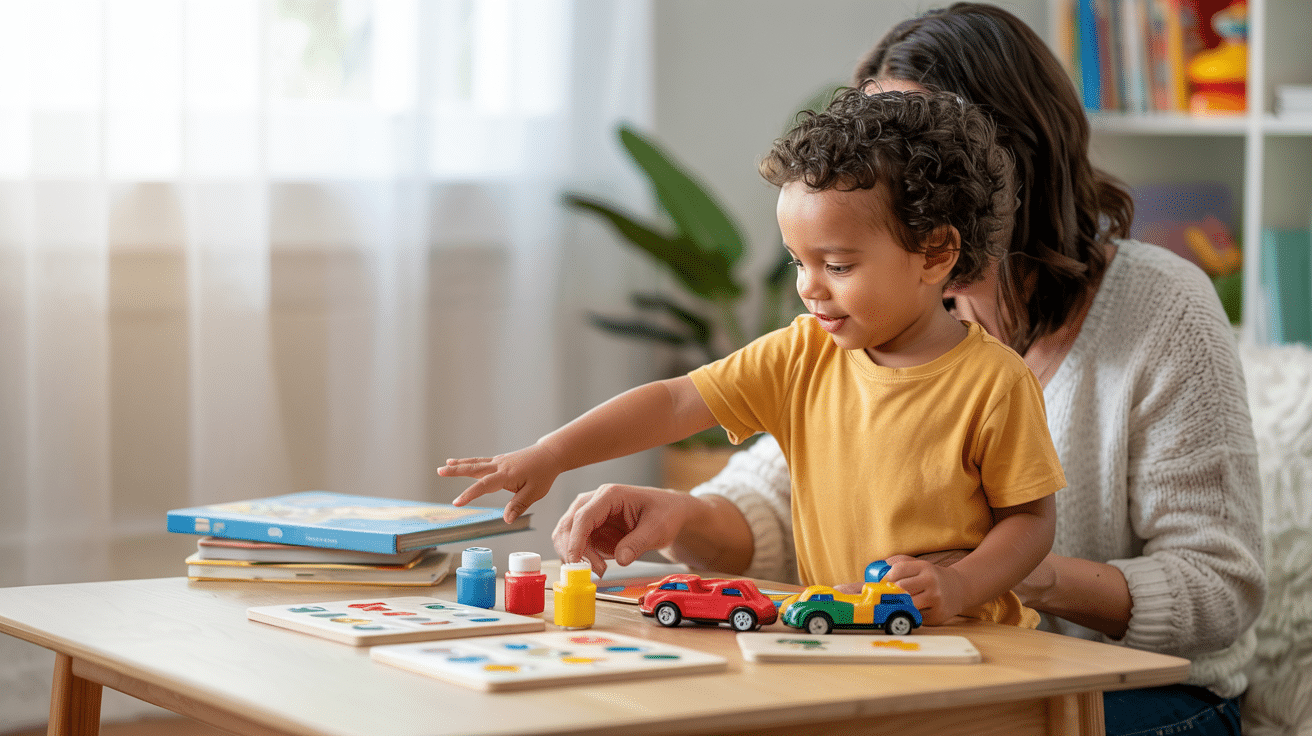
Finding the perfect activity when learning how to entertain a 3 year old requires some thought about what they enjoy and what helps them grow.
The right match considers their energy level, attention span, and the skills they’re currently building.
Parents should watch what makes their child smile and build from there. When thinking about how to entertain a 3 year old, keep it simple but engaging for the best results.
- Look for activities that match the child’s current interests
- When planning how to entertain a 3 year old, choose options that fit their energy level for that day
- Pick activities that can be completed in 10-15 minutes
- Include both active play and quiet moments throughout the day
- Consider the space you have when selecting an activity for how to entertain a 3 year old
- Mix familiar favorites with new experiences
- Use everyday items as toys to spark imagination
Wrapping It Up
We’ve explored various ways to keep a 3-year-old engaged and learning through play. By now, you understand that entertaining toddlers isn’t just about keeping them busy – it’s about helping their brains grow.
So what’s next? Try one or two activities from our list today. Start small with items you already have at home. Observe how your child responds and adjust your approach based on their interests.
Remember that the best moments often come from the simplest activities. A cardboard box can become a car, a fort, or a spaceship in your child’s mind.
Have you found other effective ways on how to entertain a 3 year old? Share your ideas in the comments below!
